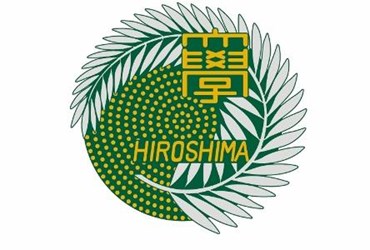Blazing Fast Terahertz Transmission Exceeds 100 Gigabits Per Second At 300 GHz
By Jof Enriquez,
Follow me on Twitter @jofenriq

Japanese scientists have built a terahertz (THz) transmitter capable of transferring data at speeds of 105 gigabits per second using the frequency range between 290 GHz and 315 GHz. That's ten times faster than fifth-generation mobile networks (5G) offer. At this rate, a typical DVD's content could be transferred in just a fraction of a second.
Today, most wireless communication technologies use lower frequencies (5 GHz or below) with high-order digital modulation schemes, such as the quadrature amplitude modulation (QAM), to enhance data rates within limited bandwidths available, according to a news release from Hiroshima University, whose research team last year demonstrated that QAM is feasible at 300 GHz, and that THz wireless technology could enable transmission rivaling or exceeding that of fiber optic links.
Scarce RF spectrum has only heightened the interest in developing technologies utilizing the THz band for ultra high-demand and high-speed wireless communications even faster than 5G wireless technology.
This year, the team at Hiroshima University, National Institute of Information and Communications Technology, along with colleagues from Panasonic Corporation, further improved their transmitter technology to as fast as six times higher per-channel data rate, exceeding 100 gigabits per second for the first time as an integrated-circuit-based transmitter.
"We developed a transmitter with 10 times higher transmission power than the previous version's. This made the per-channel data rate above 100 Gbit/s at 300 GHz possible," said Prof. Minoru Fujishima, Graduate School of Advanced Sciences of Matter, Hiroshima University.
The transmitter achieved speeds of up to 105 gigabits per second using the frequency range from 290 GHz to 315 GHz. Allocation of this range is to be tackled at the World Radiocommunication Conference (WRC) 2019 under the International Telecommunication Union Radiocommunication Section (ITU-R).
"Terahertz could offer ultra-high-speed links to satellites as well, which can only be wireless. That could, in turn, significantly boost in-flight network connection speeds, for example. Other possible applications include fast download from content servers to mobile devices and ultrafast wireless links between base stations," said Prof. Fujishima.
In addition, terahertz wireless connections offer both the high data rate of fiber optics and the minimum latency advantages offered by microwave links, thus making the technology ideal for real-time communication responses.
The Japanese researchers fabricated the transmitter as a silicon CMOS integrated circuit, which makes it suitable for future commercialization purposes. Fujushima says the team plans to develop receiver circuits for the 300-GHz band, as well as modulation and demodulation circuits.
Details of the terahertz transmitter technology is being presented at the International Solid-State Circuits Conference (ISSCC) 2017, being held this week in San Francisco, Calif.
